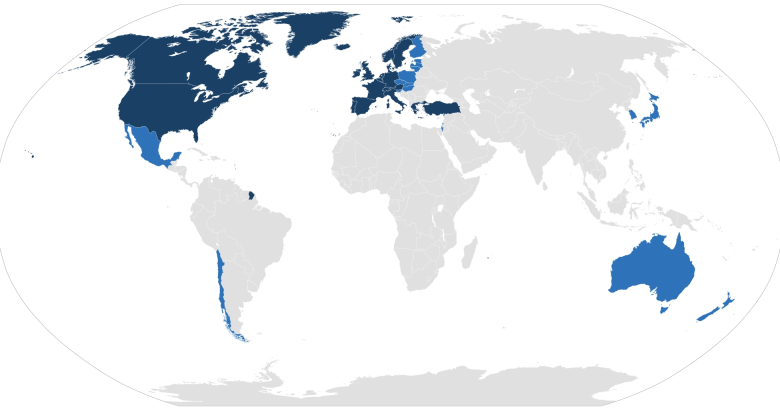OECD Report Shows Counterfeits Make up 3.3 Percent of World Trade
A recent report by the Organization for Economic Cooperation and Development (OECD) and the European Union Intellectual Property Office (EUIPO) reveals that international trade in counterfeits is on the rise, up from 2.5 percent to 3.3 percent of global trade, or $461 billion to $509 billion annually.
This report is designed to enable policymakers to better understand and combat the problem of intellectual property theft globally. By identifying key destinations, transit points, and producers of counterfeits, the report provides governments the empirical data necessary to develop sound and effective policy to combat trade in counterfeit goods and pirated services.
For example, the main destinations of counterfeit goods and pirated services continue to be the United States, Switzerland, Italy, Germany, Japan, South Korea, France, and the United Kingdom, while the biggest counterfeiters and pirates originate from Hong Kong and China.
Key transit points for all the analyzed product categories are Hong Kong, Singapore, and the United Arab Emirates. The key regional transit points for Africa-bound counterfeits are Saudi Arabia, the United Arab Emirates, and Yemen. Albania, Egypt, Morocco, and Ukraine operate as regional transit points for counterfeits into Europe. Finally, counterfeits destined for the United States transit through Panama.
The report found that poor governance and weak intellectual property protections are the crucial factors in enabling trade in counterfeits.
However, it is not enough for governments to simply have this empirical data. Governments, especially those which are providing safe haven for counterfeiters, must act on this report and interdict counterfeiters at the transit points. America and other major destinations of counterfeit goods and services should put pressure on these countries to do more.
Photo Credit: Wikipedia

